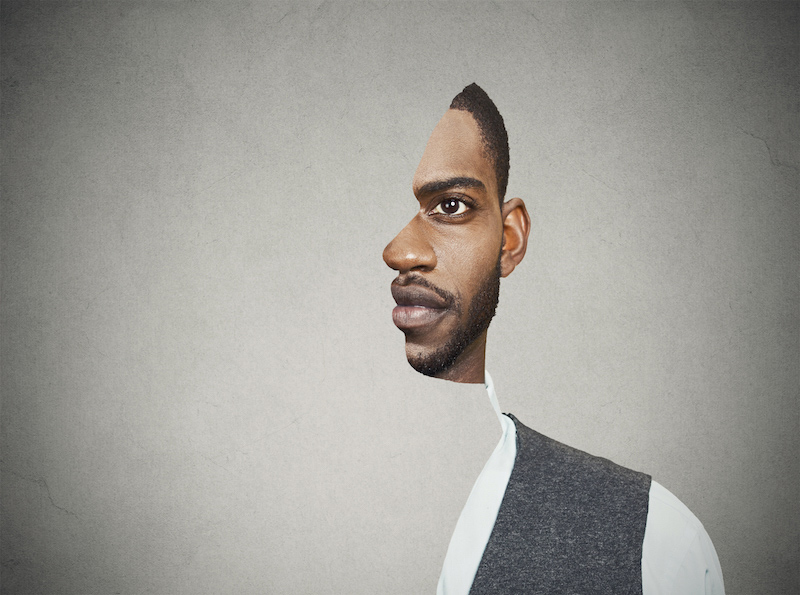
Unilateral hearing loss, or single-sided deafness, is much more prevalent than people realize, particularly in children.Because of this, the public sees hearing loss as a binary — somebody has healthy hearing in both ears or reduced hearing on each side, but that dismisses one particular kind of hearing loss entirely.
A 1998 research thought that approximately 400,000 kids had a unilateral hearing loss due to injury or disease in the moment. It’s safe to say that number has gone up in that last two decades. The truth is single-sided hearing loss does occur and it brings with it it’s own problems.
What’s Single-Sided hearing loss and What Causes It?
As the name implies, single-sided hearing loss indicates a decrease in hearing just in one ear.In extreme cases, profound deafness is potential. The nonfunctioning ear is incapable of hearing at all and that person is left with monaural sound quality — their hearing is limited to one side of the human body.
Causes of unilateral hearing loss vary. It may be the result of trauma, for instance, someone standing beside a gun firing on the left might end up with profound or moderate hearing loss in that ear. A disease may lead to the problem, too, for example:
- Acoustic neuroma
- Measles
- Microtia
- Meningitis
- Waardenburg syndrome
- Mumps
- Mastoiditis
Whatever the cause, a person with unilateral hearing must adapt to a different method of processing sound.
Management of the Audio
The brain utilizes the ears nearly just like a compass. It defines the direction of sound based on which ear registers it initially and at the maximum volume. When a person speaks to you while standing on the left, the brain sends a message to flip in that way.
With the single-sided hearing loss, the noise will only come in one ear regardless of what direction it comes from. If you have hearing in the left ear, then your mind will turn left to search for the sound even when the person talking is on the right.
Think for a minute what that would be similar to. The audio would always enter 1 side regardless of where what direction it comes from. How would you know where a person talking to you personally is standing? Even if the hearing loss is not deep, sound direction is catchy.
Honing in on Sound
The mind also employs the ears to filter out background sound. It tells one ear, the one closest to the sound that you want to concentrate on, to listen to a voice. Your other ear manages the background sounds. That is why in a noisy restaurant, so you may still focus on the conversation at the table.
When you don’t have that tool, the brain becomes confused. It’s not able to filter out background sounds like a fan running, so that is everything you hear.
The Ability to Multitask
The mind has a lot happening at any one time but having two ears allows it to multitask. That is why you’re able to sit and read your social media sites whilst watching TV or talking with family. With just one working ear, the brain loses that ability to do something when listening. It has to prioritize between what you hear and what you see, so you tend to lose out on the dialogue taking place without you while you browse your newsfeed.
The Head Shadow Effect
The head shadow effect clarifies how certain sounds are inaccessible to a person having a unilateral hearing loss. Low tones have extended frequencies so that they bend enough to wrap round the head and reach the working ear. High pitches have shorter wavelengths and do not survive the journey.
If you are standing next to an individual with a high pitched voice, then you might not know what they say unless you turn so the working ear is on their side. On the flip side, you might hear somebody with a deep voice just fine no matter what side they are on because they produce longer sound waves which make it to either ear.
People with only slight hearing loss in just one ear tend to accommodate. They learn fast to turn their head a certain way to hear a buddy speak, for example. For those who struggle with single-sided hearing loss, a hearing aid might be work round that returns their lateral hearing.
